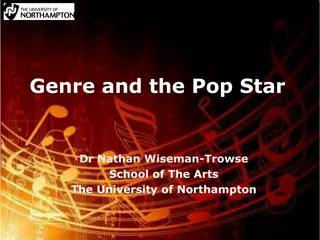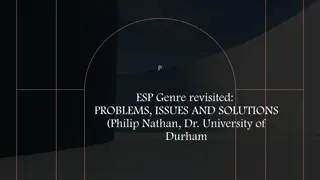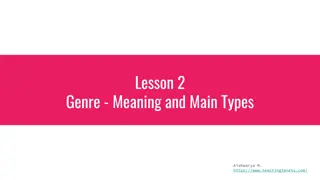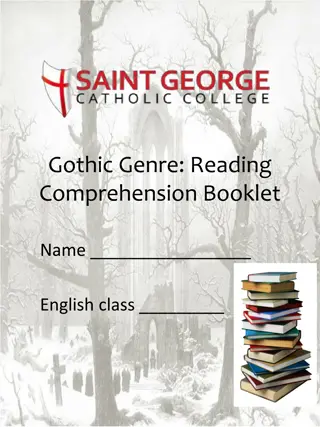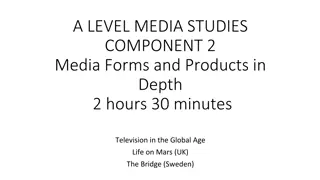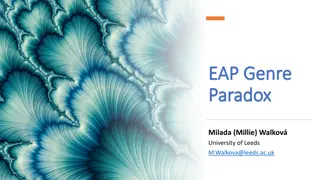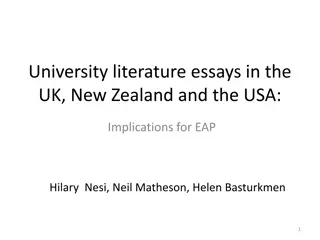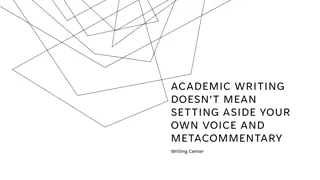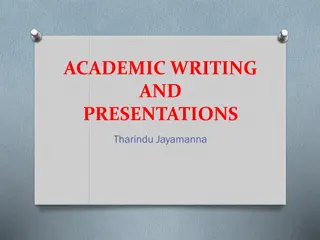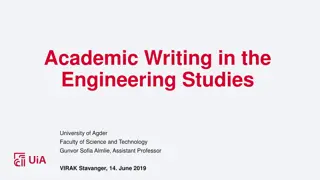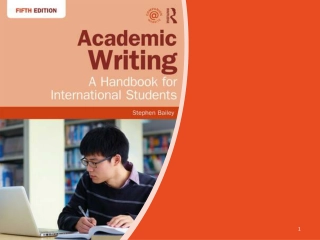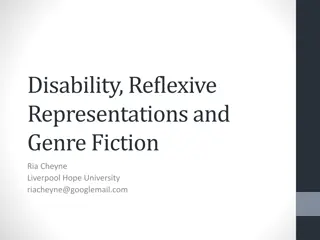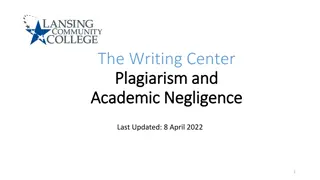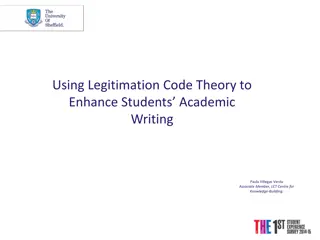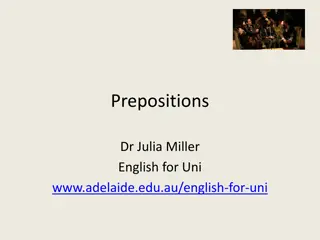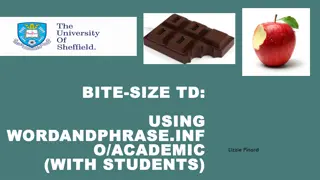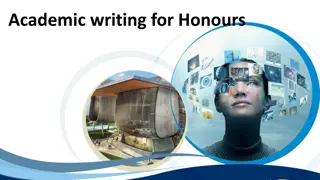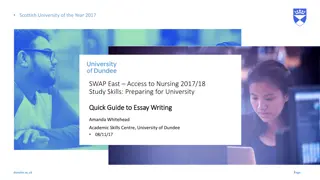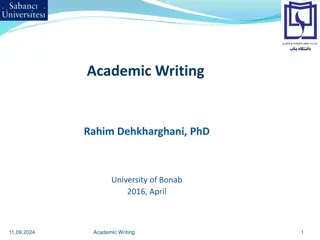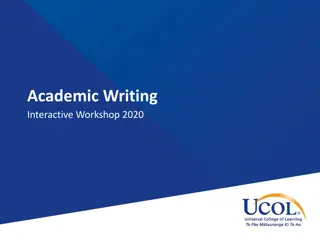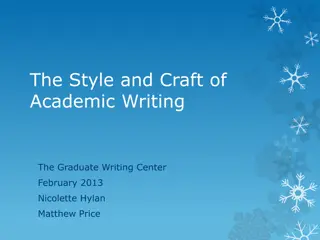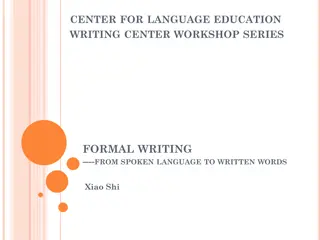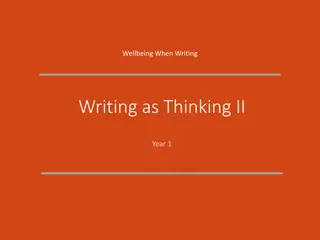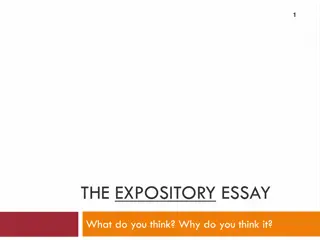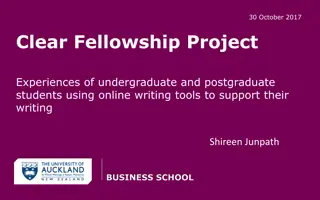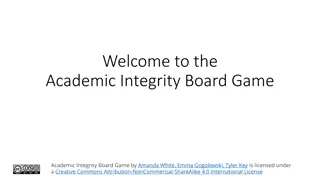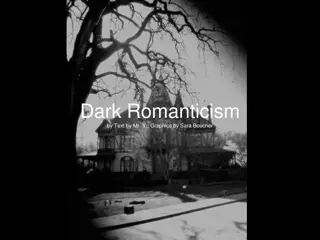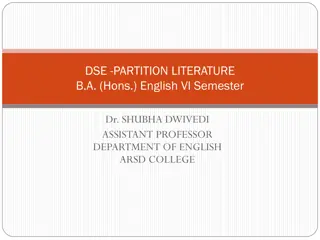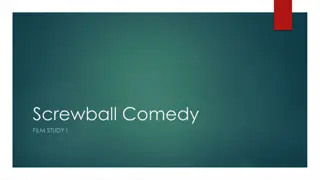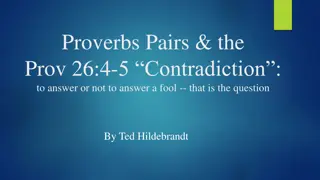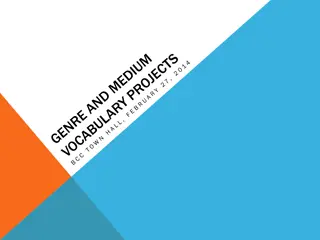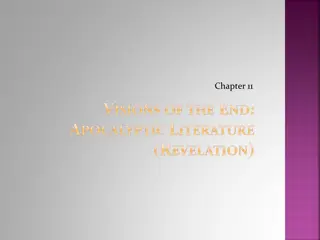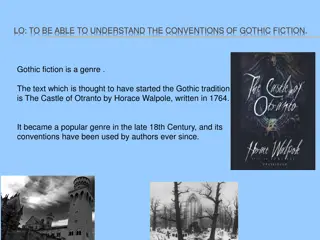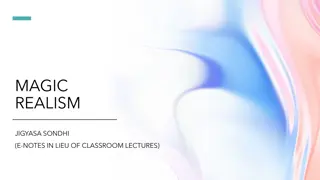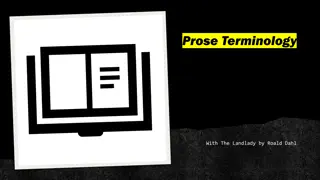Genre Approach to Academic Writing
Explore the genre approach to academic writing focusing on purpose, audience, and organization. Learn about different genres, key elements of writing, and the importance of analysis. Discover how to structure your introduction, body paragraphs, methods, results, conclusion, and discussion effectively for academic writing.
Download Presentation

Please find below an Image/Link to download the presentation.
The content on the website is provided AS IS for your information and personal use only. It may not be sold, licensed, or shared on other websites without obtaining consent from the author. Download presentation by click this link. If you encounter any issues during the download, it is possible that the publisher has removed the file from their server.
E N D
Presentation Transcript
Spotlight On: Project Qualifications Academic Writing Daniel Winwood Skills Development Manager
Overview Approaches to academic writing Reflective writing Choosing a topic Referencing
A Genre Approach to Writing Writing varies with the social context in which it is produced Suggest analysis of criteria and expectations of marker The central aspect of writing is purpose, the relationship between writer and audience and the pattern of organisation Looks at expected language forms as well as structure Emphasis on imitation, understanding and applying rules Presents students with explicit and systematic explanations of the ways writing works to communicate Planning given a minor role Prior knowledge and skills of learners undervalued Each genre of writing has differing purposes, structures, and stylistic features Helps learners produce texts whose forms, purposes and linguistic features are unfamiliar or unclear to them Suggest genre analysis of texts from specific academic disciplines
A Genre Approach to Writing An introduction Include background information to contextualise your work, definitions of any key terms your audience may not understand and a thesis statement, which is usually 1-2 sentences long and outlines the central argument of your work. Introduction Include: background information; key terms and concepts; a literature review, where you discuss previous research on the topic; the purpose of or rationale behind your work; and the structure of the text. It should also clearly explain the aims and objectives of your writing. Body paragraphs This type of writing will have multiple body paragraphs, and this is where you really demonstrate your critical analysis. The number of body paragraphs will differ based on your word count. A body paragraph should have one central idea which you should then support with evidence and explanation. Methods The methods section should explain how you obtained your findings. You could explore the equipment you used, the techniques employed and why you chose the methods you did. Results The results section should objectively present the information you have collected. The results section should only present the results, no conclusions should be made. A conclusion The conclusion should summarise your argument. A conclusion shouldn t contain any new information and you should paraphrase your thesis statement. Discussion The discussion section is where you demonstrate your ability to critically analyse information, and compare your findings to current theories and research. Here, you should analyse the implications of your findings. Conclusion - The conclusion should summarise your discussion, with no new information being presented. You should use this section to answer your overall aim.
A Genre Approach to Writing (Badger and White, 2000)
A Genre Approach to Writing Genre analysis https://www.phrasebank.manchester.ac.uk/ Analysis of audience expectations Exploration of channels of communication Joint, collaborative and independent construction
A Process Approach to Writing There can be a disconnect between the requirements of pre-university study and those of degree-level This isn t of the students making; they have done all that has been asked of them to date. A process approach to writing helps learners deal with this disconnect
A Process Approach to Writing Writing is a creative act and a form of expression Feedback occurs throughout the process, rather than at the beginning or end Moves away from producing a specific product and towards the communication of ideas Allows learners to deal with specific writing difficulties which emerge Assumes all writing is produced by the same set of processes Focus is on linguistic skill, rather than linguistic knowledge Provides insufficient input to learners to write successfully Enables learners to write effectively in a range of contexts Emphasises that writing is not a linear process, but cyclical
A Process Approach to Writing Pre-writing Drafting and redrafting Editing Adapted from Hedge (2005)
A Process Approach to Writing Discussion and debate Freewriting Mind mapping Fast writing Changing viewpoints Peer editing Joint, collaborative and independent construction
A Process Genre Approach to Writing Writing involves: Knowledge of the context in which writing happens Knowledge of the purpose for writing Linguistic skill Linguistic knowledge Writing is embedded in a social situation, with a particular intended outcome
A Process Genre Approach to Writing (Badger and White, 2000)
Reflective Writing Cultivates metacognition Part of many undergraduate courses Can be quite different to other forms of academic writing Where other styles require students to be objective, reflective writing is much more personal Although it is personal, it should be written rigorously Should make connections between literature and experience. This can be challenging for students. Describe / Analyse / Evaluate / Action plan
Reflective Writing Modelling Journals Voice notes Response cards / One minute papers / Exit tickets
Choosing a Topic Armstrong, P. (2010). Bloom s Taxonomy. Vanderbilt University Center for Teaching. Retrieved [19/06/2022] from https://cft.vanderbilt.edu/guides-sub-pages/blooms-taxonomy/.
Choosing a Topic Title analysis instruction, subject, focus and limitation Write in depth Avoid reading too much Focuses writing Evaluating the impact of online interviews on workplace recruitment in the UK. Evaluating the impact of online interviews in workplace recruitment in the UK. Would legalisation of euthanasia effect the medical profession?
Choosing a Topic Understanding instruction words Changing viewpoints Peer discussion Analysis of journal article titles Developing research questions Literature review
Referencing Why we use and acknowledge sources in academic writing Explore academic integrity and plagiarism Explore different referencing styles Identify parts of a reference and the source type Use authentic sources Use unconventional sources
Referencing Newman, R., 2010. Malaria control beyond 2010. British medical journal, 341(7765), pp.157-208. Title of article / Volume number / page numbers / Title of journal / Author s surname / Issue / Year
Referencing Newman, R., 2010. Malaria control beyond 2010. British medical journal, 341(7765), pp.157-208. Title of article / Volume number / page numbers / Title of journal / Author s surname / Issue / Year
Referencing da Vinci, L. (1503) Mona Lisa. [Oil on wood]. Louvre, Paris.
References Badger, R. and White, G., 2000. A process genre approach to teaching writing. ELT Journal, 54(2), pp.153-160. Hedge, T., 2005. Writing. 2nd ed. Oxford University Press: Oxford



